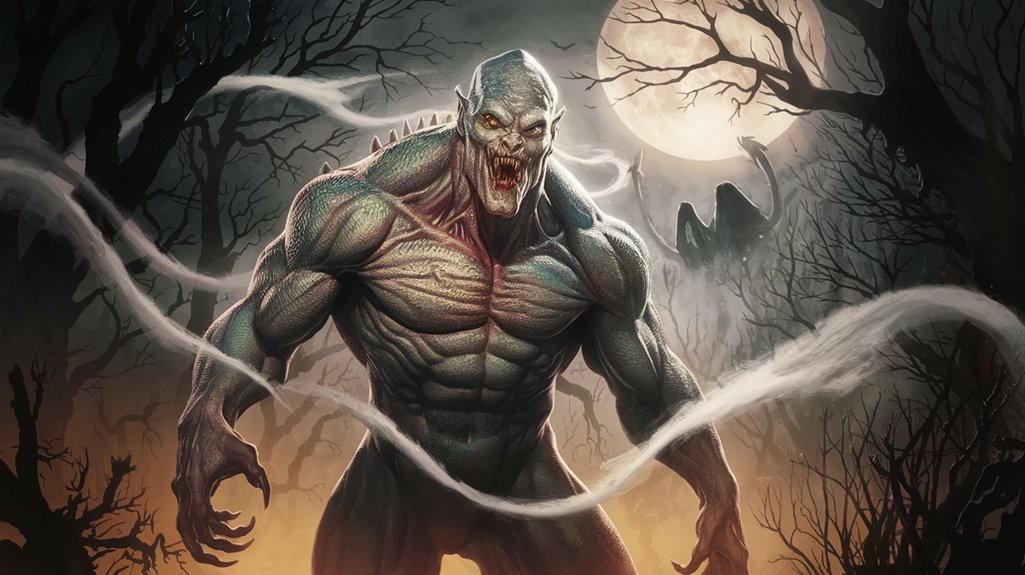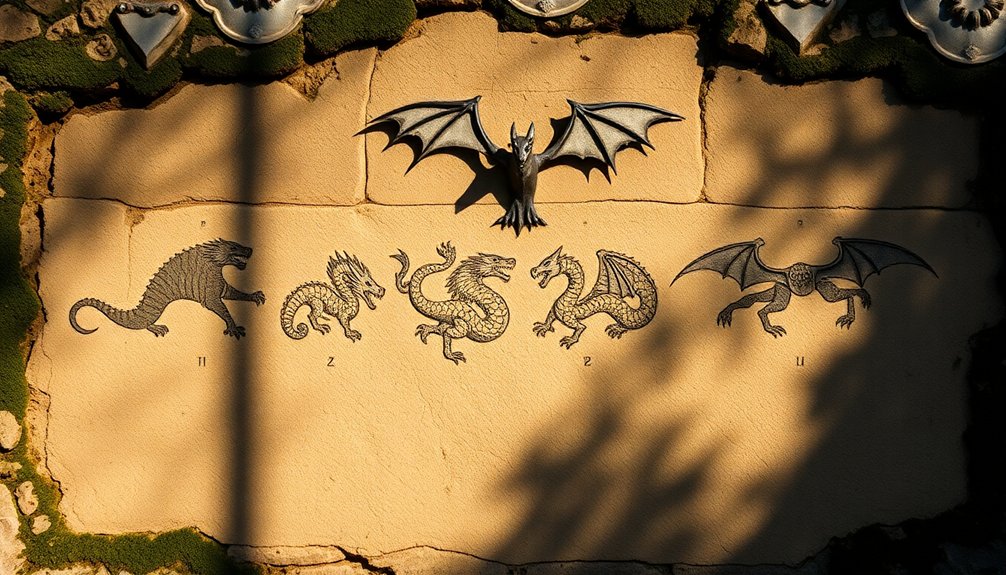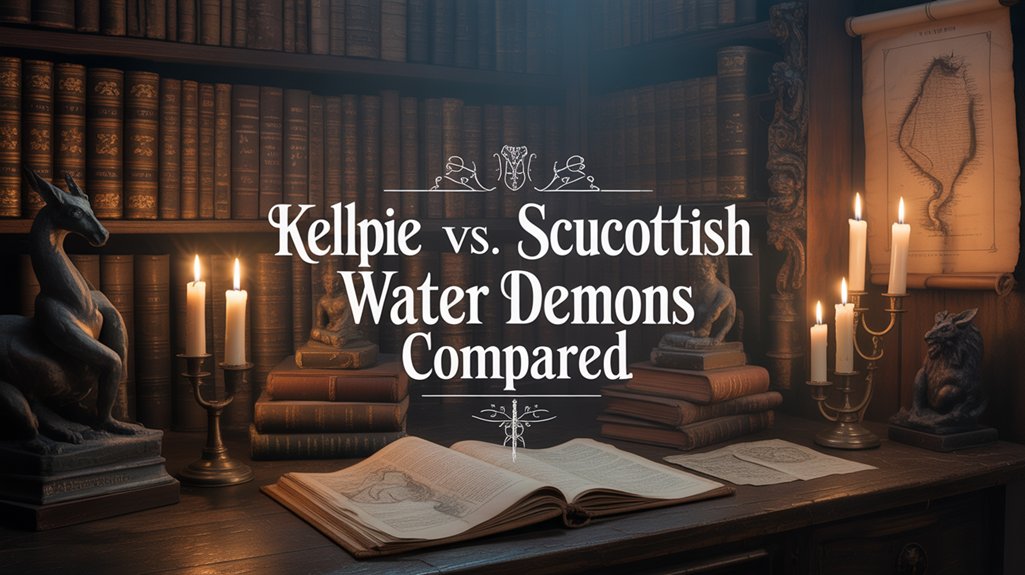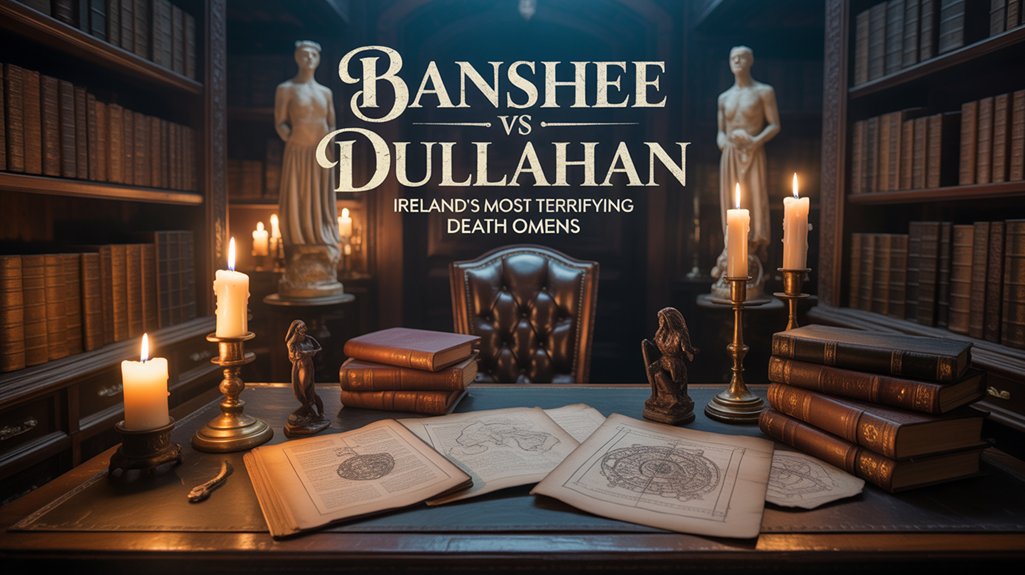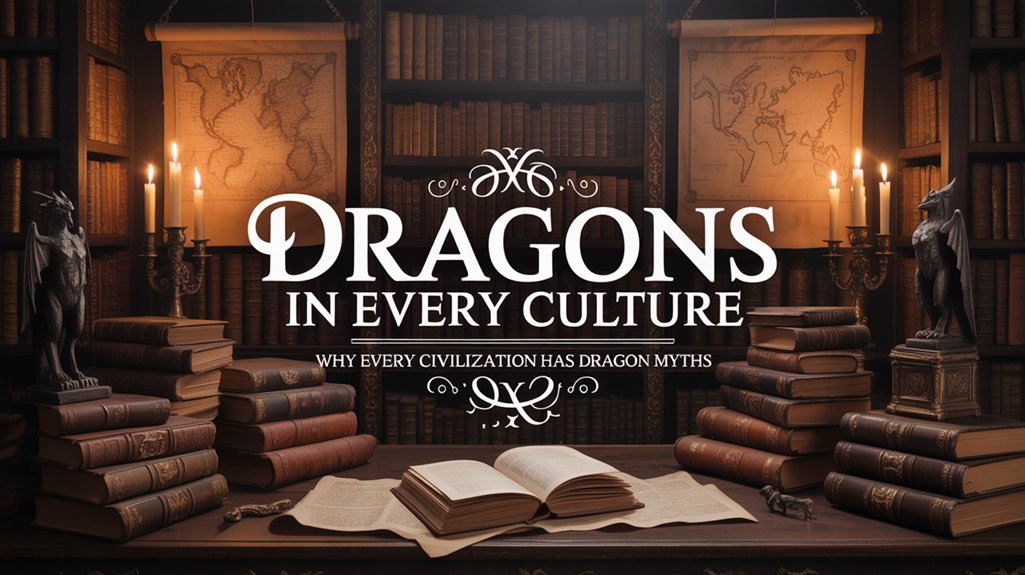Have you ever wondered why ancient maps are filled with strange creatures and mysterious drawings? These mythical beasts weren’t just decoration—they played a huge role in how people saw the world and decided where to explore next.
When you dive into the stories behind these fantastical creatures, you’ll discover how they shaped explorers’ fears, hopes, and adventures. Keep reading, and you’ll see how these legends influenced the way the world was mapped and understood long ago. Your view of history and exploration is about to change.
Table of Contents
ToggleMythical Creatures On Ancient Maps
Ancient maps often featured strange creatures in unknown lands and seas. These mythical beasts captured the imagination of explorers and mapmakers. They added mystery and warned travelers about dangers ahead. Such creatures made maps more than simple guides. They told stories about the world and its unknown parts.
These images helped people understand places they never visited. Mythical creatures showed the limits of knowledge and sparked curiosity. They also reflected the fears and hopes of the time. Each beast had a special meaning and role on the map.
Common Beasts In Cartography
Dragons were among the most common creatures on ancient maps. They often appeared near mountains or unexplored regions. Sea serpents were drawn in oceans to warn sailors of unknown waters. Griffins, with the body of a lion and the head of an eagle, symbolized strength and protection. Mermaids and mermen showed the mystery of the sea and its hidden life.
Other beasts included unicorns, which stood for purity and magic. Giant fish and monstrous turtles appeared at the edges of the world. These creatures marked places where danger or magic was believed to exist. Their presence added excitement and caution for travelers.
Symbolism Behind The Creatures
Mythical beasts symbolized the unknown and the unexplored. They represented natural dangers like storms, wild animals, or rough seas. Some creatures warned of mythical curses or bad luck. Others showed power, wisdom, or protection for certain lands.
These images reflected cultural beliefs and local legends. They helped explain strange sights or events during exploration. By placing these beasts on maps, cartographers gave meaning to mystery. They invited viewers to imagine what lay beyond known borders.
In many ways, mythical creatures made maps more than tools. They became stories and warnings, inspiring adventure and caution alike.
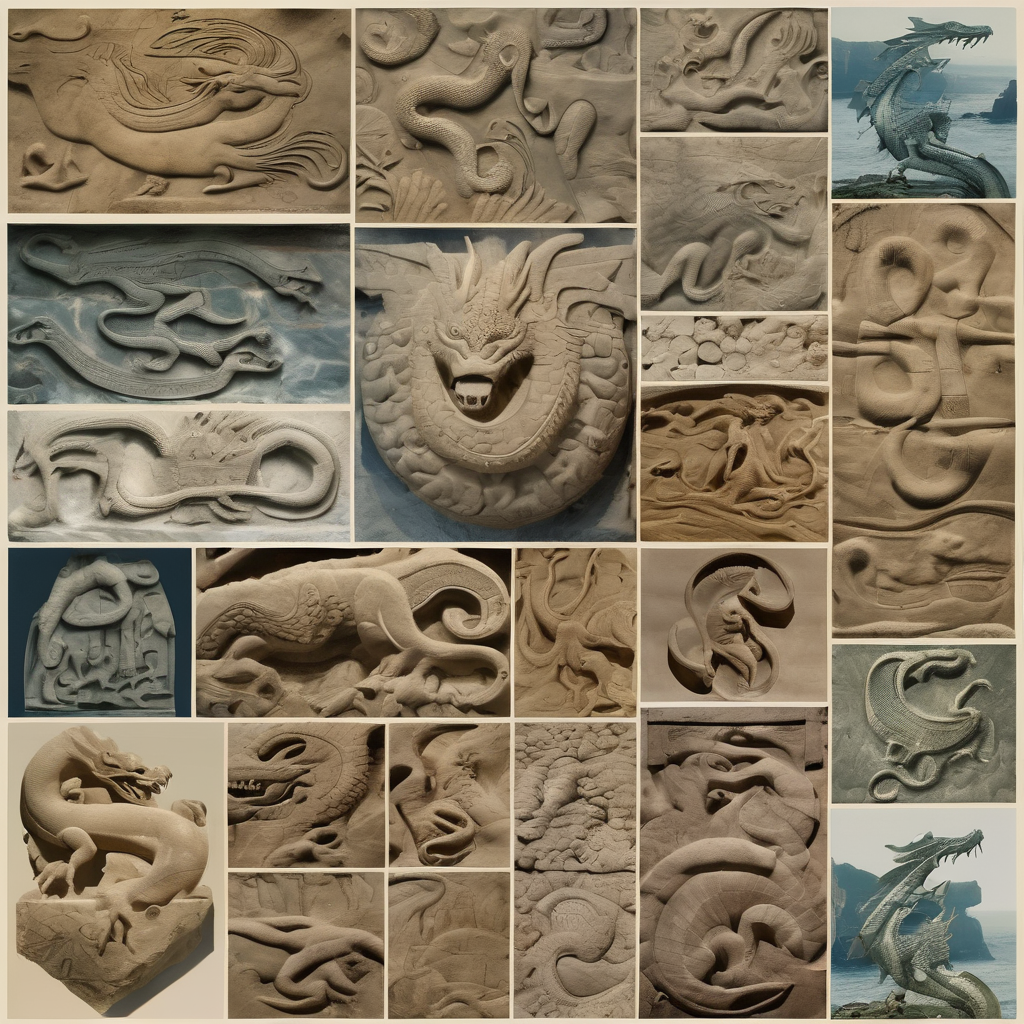
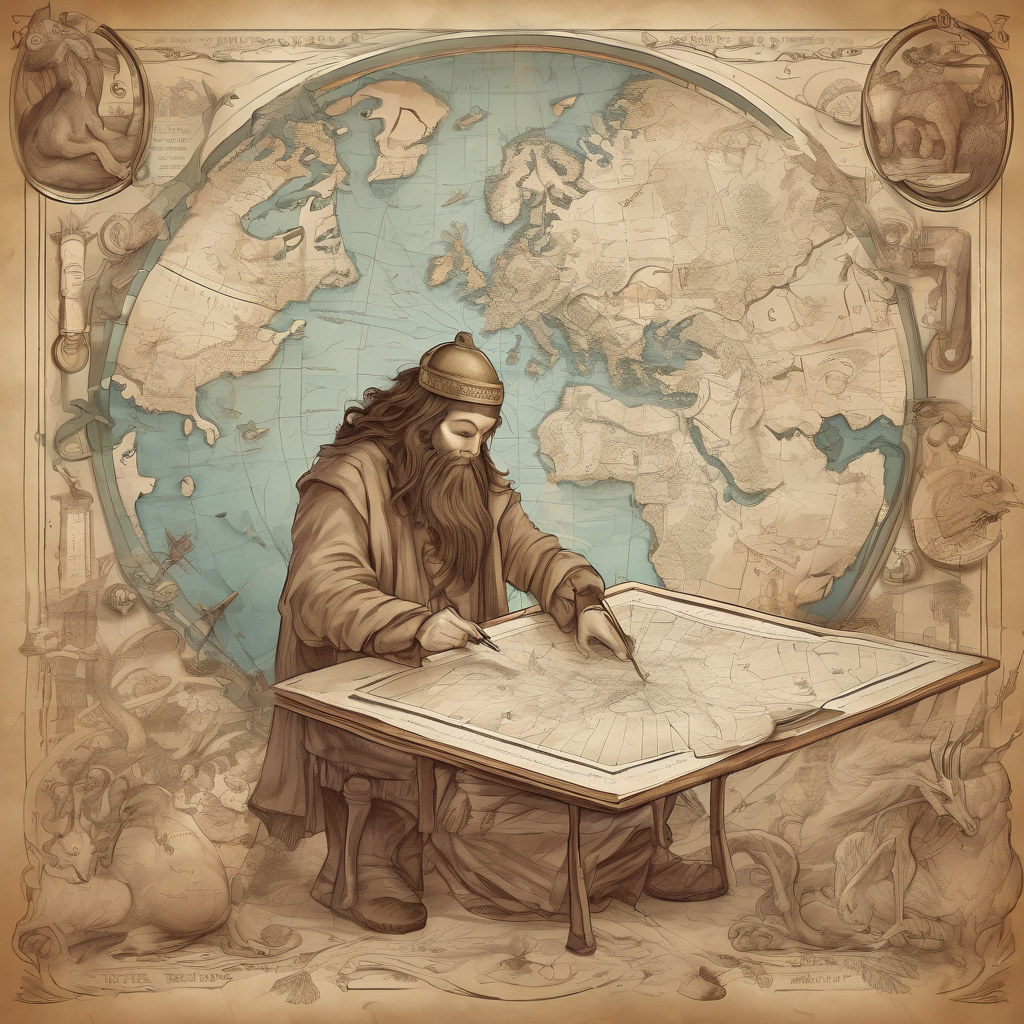
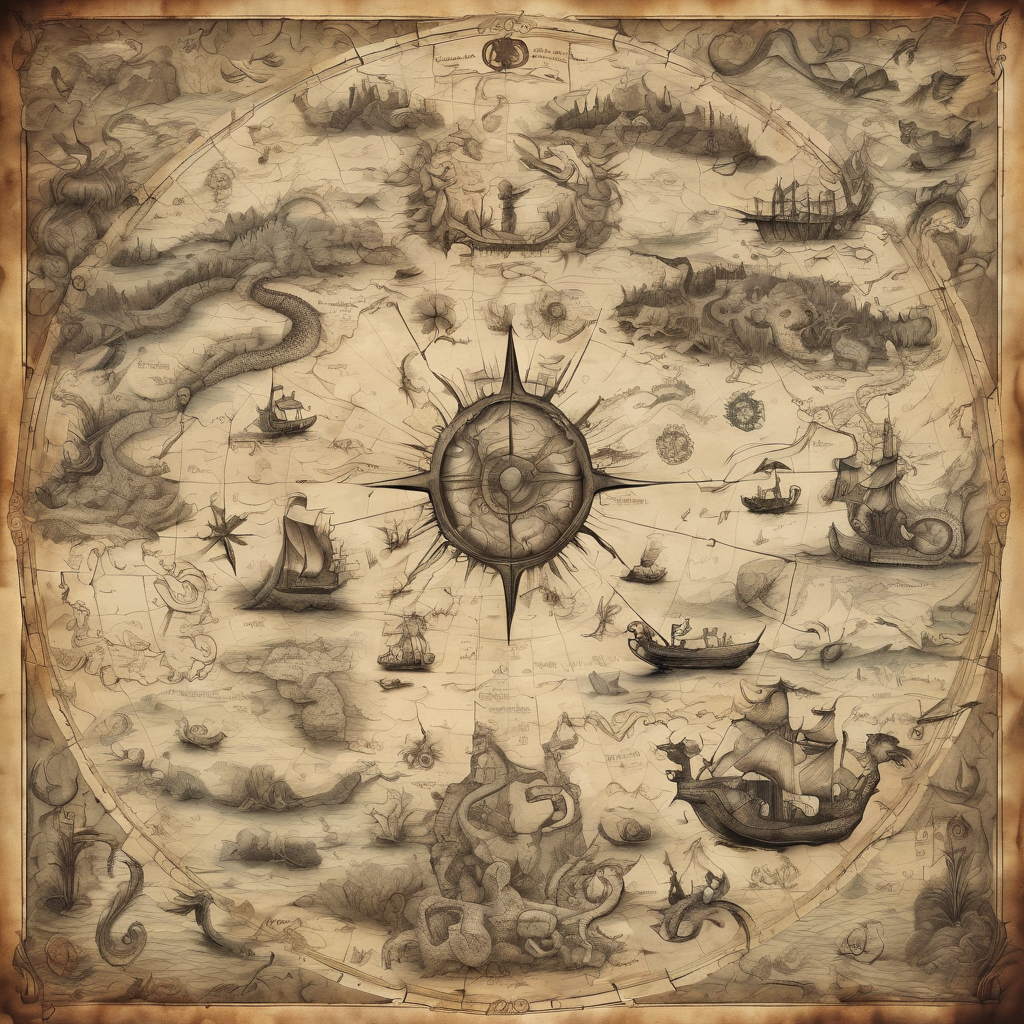
Origins Of Legendary Beasts
Ancient maps often featured strange creatures. These mythical beasts came from deep roots in human history. They shaped how people saw the world. The stories behind these creatures reveal much about early cultures and their fears.
People used these creatures to explain unknown lands. They mixed imagination with bits of truth. This blend created legends that traveled far and wide.
Folklore Influences
Folklore played a big role in creating mythical beasts. Stories passed down from generation to generation shaped these creatures. These tales reflected local beliefs and natural surroundings. Each region had its own unique beasts. Some were friendly, others dangerous or mysterious.
These legends helped explain natural events and strange sightings. They gave people a way to understand their world. Cartographers added these beasts to maps to warn or intrigue travelers.
Traveler Tales And Rumors
Travelers’ stories added to the myths of legendary beasts. Explorers shared rumors of strange animals and monsters seen abroad. Some tales were exaggerated or misunderstood. Others were based on real but rare creatures.
These accounts spread quickly and influenced mapmakers. Adding mythical beasts made maps more exciting and memorable. They also showed the unknown dangers beyond safe lands.
Impact On Exploration Routes
Mythical beasts on ancient maps had a strong effect on exploration routes. They shaped where explorers chose to go or avoid. These creatures made unknown lands seem more dangerous or mysterious. This influenced decisions about travel and discovery.
Deterring Or Guiding Explorers
Mythical beasts often scared explorers away from certain areas. Maps showed dragons or sea monsters near coastlines. Many avoided these places, fearing danger. At the same time, some explorers felt drawn to these creatures. They saw them as clues to hidden lands or treasures. The beasts acted as both warnings and guides. Explorers planned routes based on these symbols.
Risk Perception In Unknown Territories
Ancient maps with mythical beasts changed how explorers saw risks. Unknown regions seemed more threatening with monsters drawn on maps. This made explorers more cautious or hesitant. Some chose safer paths to avoid supposed dangers. Others prepared better for the unknown. These risks shaped exploration strategies and outcomes.
Cartographers’ Artistic Choices
Cartographers in ancient times did more than draw land and sea. They mixed real places with mythical creatures. These artistic choices made maps both useful and fascinating. The beasts on maps told stories and warned travelers. They showed the unknown as a place full of mystery and danger.
Maps were not just tools. They were works of art. Cartographers chose images that captured imagination. Their work balanced facts with legends. This blend influenced how people saw the world.
Balancing Fact And Fantasy
Ancient mapmakers faced a big challenge. They had to show real lands and unknown areas. Empty spaces often filled with strange beasts. These creatures made maps more interesting and less empty. They gave travelers hints about dangers ahead. Some beasts warned of rough seas or wild lands. This mix kept maps practical and exciting.
Maps had to look believable. Cartographers used detailed drawings to make myths seem real. This helped people trust the maps. It also kept the spirit of adventure alive.
Cultural Reflections In Map Designs
Mythical beasts on maps reflected culture and beliefs. Different regions showed different creatures. Some had dragons, others sea monsters or giant birds. These animals showed local stories and fears. They also showed how people understood nature and the unknown.
Maps became mirrors of the society that made them. They shared myths and values through images. This made each map unique and full of meaning.
Decoding Hidden Messages
Ancient maps were more than just tools for navigation. They held secret meanings behind the drawings of mythical beasts. These creatures told stories beyond their scary or magical appearances. Understanding these hidden messages helps us see how people once viewed the unknown world.
Warnings And Mysteries
Mythical beasts often marked dangerous places on old maps. They warned sailors about unknown seas and lands. These creatures showed where storms or monsters might appear. People believed these areas were risky and needed caution.
Sometimes, the beasts added mystery to the maps. They sparked curiosity about what lay beyond the known world. These images made explorers want to discover new lands and secrets. The unknown was both feared and fascinating.
Political And Religious Symbolism
Mythical beasts also represented power and belief. Kings and rulers used these creatures to show strength on maps. They linked their rule to legendary stories and gods. This made their lands seem grand and protected by magic.
Religious meanings appeared through beasts too. Some creatures symbolized spiritual ideas or moral lessons. Maps became a way to share these beliefs with others. The beasts were more than decoration; they told important cultural stories.
Modern Discoveries And Interpretations
Modern discoveries reveal new meanings behind mythical beasts on ancient maps. These creatures were not just fantasy. They often marked real dangers or unknown areas. Today, scholars study these symbols to better understand early explorers’ views. This research helps us see how ancient people made sense of the world.
Archaeological Insights
Excavations near ancient ports show objects linked to mythical creatures. These finds suggest sailors believed in these beasts. They used stories to warn others about rough seas or hidden reefs. Archaeologists find carvings and paintings of dragons and sea monsters. These images helped crews prepare for tough journeys.
Reevaluating Ancient Navigation
Old maps with mythical beasts reveal navigation methods. Explorers used these drawings as guides and warnings. The creatures marked dangerous waters or uncharted lands. Modern experts now see these beasts as symbols, not just myths. They show how ancient sailors shared important information across voyages.
Frequently Asked Questions
What Role Did Mythical Beasts Play In Ancient Mapmaking?
Mythical beasts marked unknown territories on ancient maps. They symbolized dangers and mysteries explorers might face. This made maps both practical and imaginative guides for travelers.
How Did Mythical Creatures Influence Early Exploration?
Mythical creatures sparked curiosity and caution among explorers. Tales of these beasts encouraged careful navigation and adventurous spirit. They shaped how unknown lands were perceived and approached.
Why Were Dragons And Sea Monsters Common On Old Maps?
Dragons and sea monsters represented unexplored or dangerous waters. Mapmakers used them to warn sailors about risks. These images added drama and intrigue to ancient cartography.
Did Mythical Beasts Affect Navigation Routes Historically?
Yes, mythical beasts influenced chosen travel paths. Explorers avoided areas marked with dangerous creatures. This guided safer routes and sometimes delayed discovering new lands.
Conclusion
Mythical beasts made ancient maps more than just tools. They sparked wonder and fear in explorers’ minds. These creatures shaped where people believed lands and seas ended. They pushed adventurers to seek new places and stories. Maps with monsters told tales of the unknown and danger.
This blend of fact and myth guided early exploration journeys. Today, these legends remind us of human curiosity and imagination. They show how stories can change how we see the world. Mythical beasts helped turn maps into windows of adventure and mystery.
Related Posts

Mythical Creatures That Guard Hidden Treasures Around the World: Legendary Protectors Revealed
The Evolution of Dragon Myths Across Different Cultures: Untold Legends Revealed
Modern Reimaginings: Mythical Creatures in Pop Culture
The Role of Mythical Creatures in Ancient Religious Rituals: Unveiled Secrets







